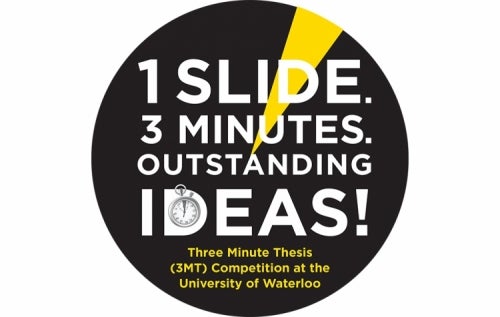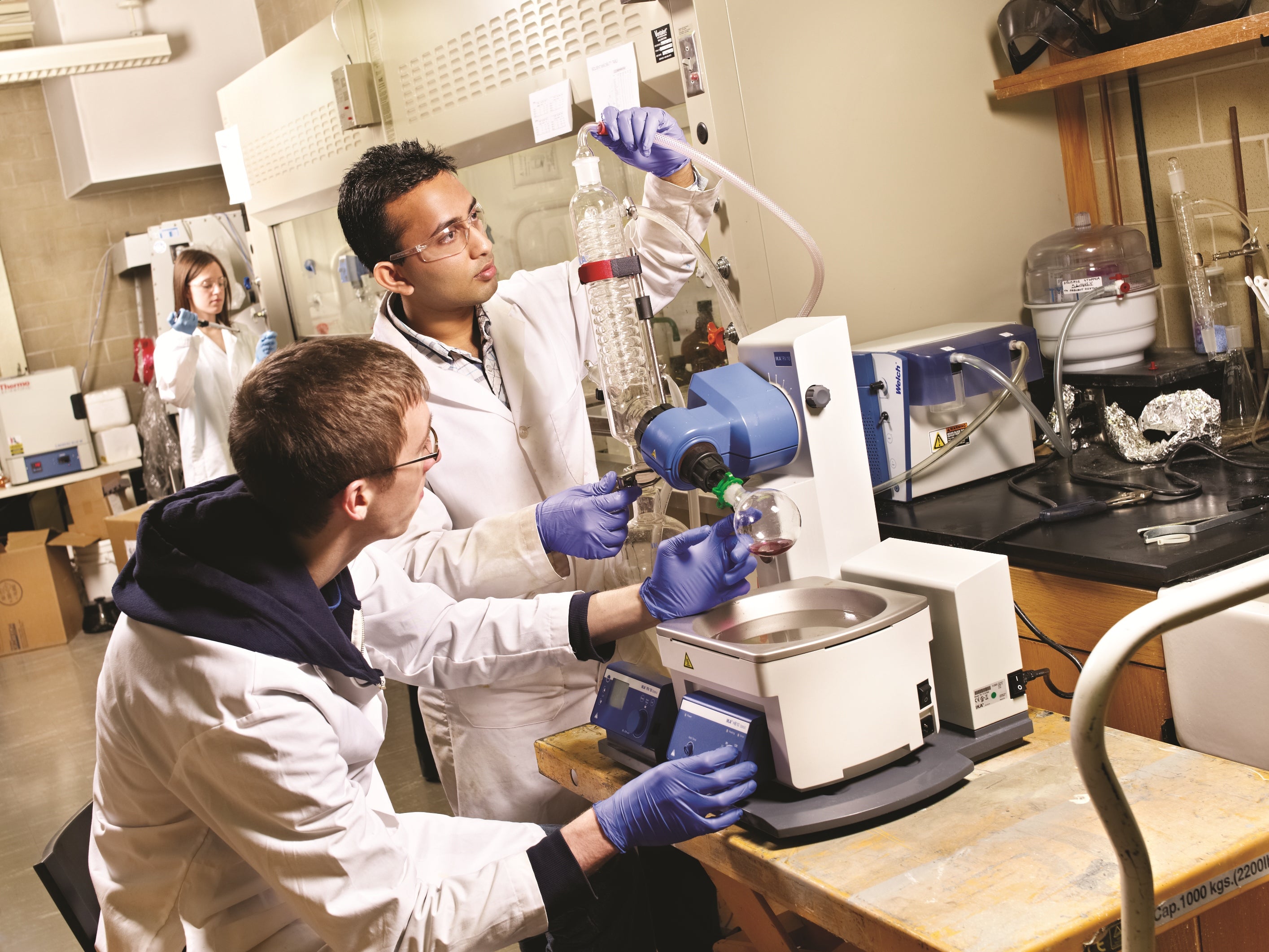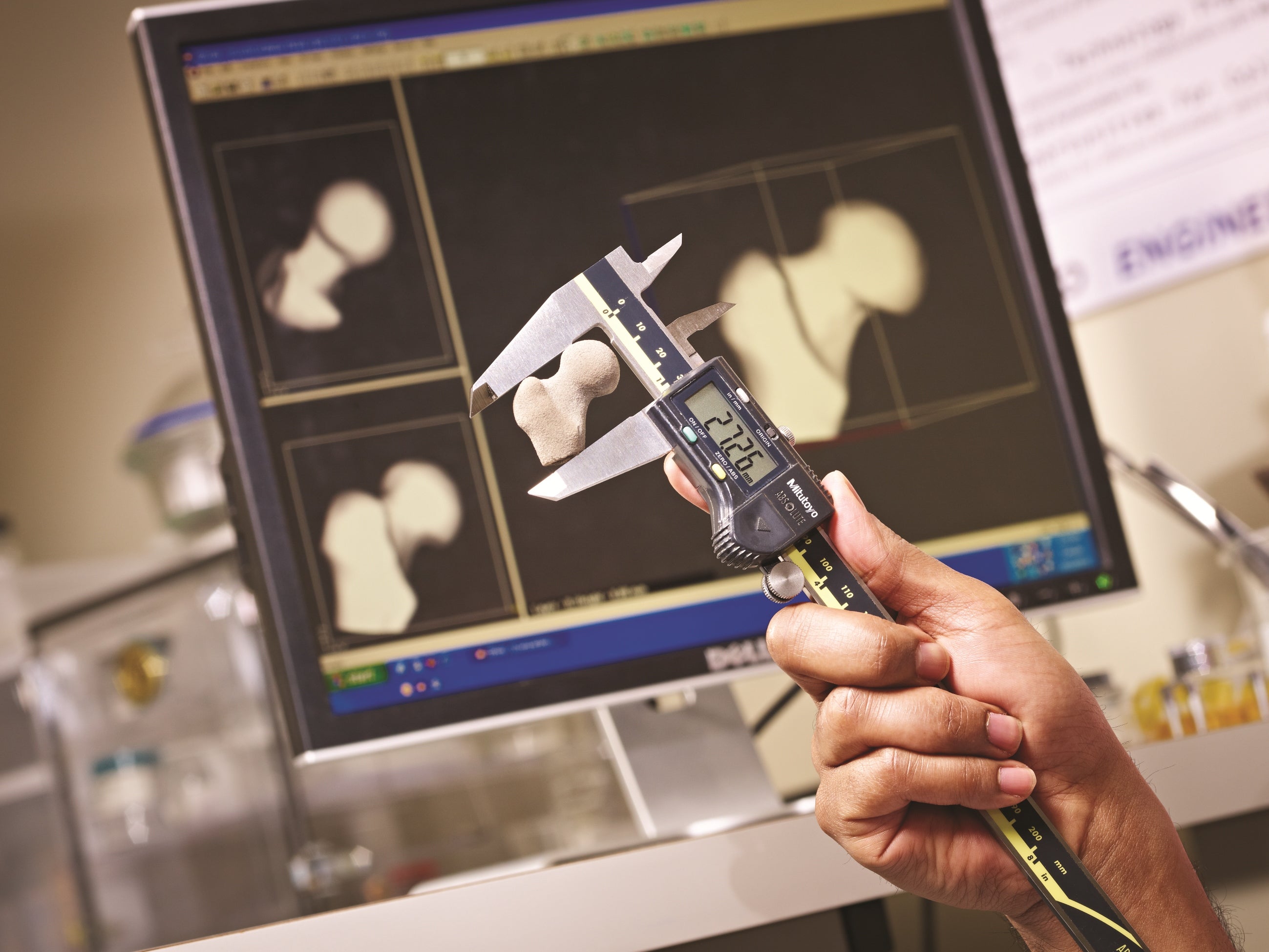Three graduate students from the Faculty of Engineering competed in Waterloo’s second annual university-wide Three Minute Thesis (3MT) competition.


All three were selected as the best engineering competitors.
Vlasea's work has been previously featured in the Globe and Mail.
There is one thing all of us know for certain, that if we are lucky enough, we will get to grow old and feel the effects of aging.
Mihaela Vlasea - PhD candidate Mechanical Engineering
Bionic bones
The most common afflictions we are likely to be faced with are joint pain and bone loss resulting in potentially painful joint replacements and artificial implants.

This device, once the surgeon implants it at the site, is designed to be gradually replaced with the patient’s own bone during the healing and recovery process, leaving behind a healthy joint. To achieve this, she has worked on developing a 3D printer specifically engineered for manufacturing bionic bone substitutes in a layer-by-layer fashion.
Bacteria detection using gold nanoparticles
In his 3MT, Mohit Verma explains what motivated him to use gold nanoparticles to identify bacteria. In the same way bacteria can cause food poisoning, says Verma, they can cause blindness if infecting the eye. Gold nanoparticles change colour when they aggregate around bacteria. It’s like obtaining a fingerprint for the bacteria, each having its own unique identity. Mixed with a teardrop, the gold nanoparticles enable doctors to quickly identify the bacteria and prescribe a precise antibiotic.
Nanosensor on hospital surfaces
Nanotechnology applications extend beyond vision care, says 3MT competitor Sarah LeBlanc. Every day, one in 20 patients will acquire an infection from a hospital, corresponding to approximately 1.7 million hospital patients in the United States alone, 100 000 of whom will die from healthcare acquired infections each year.
LeBlanc proposes integrating a nanosensor directly onto the many plastic surfaces found in hospitals, using gold nanoparticles with a star-like shape called nanostars that have a diameter approximately 20,000 times smaller than the head of a pin. The sensor would change colour in the presence of bacteria so that anyone could see if the surface was contaminated, reducing the transmission and outbreaks of bacteria in hospitals, and leaving them as a safe place for care and recovery, as they should be.
The 3MT competition is an exciting way for students to enhance their presentation skills and deliver the impact of life-changing research. Competitors have one static slide and three minutes to explain the breadth and significance of their research to a non-specialist audience.